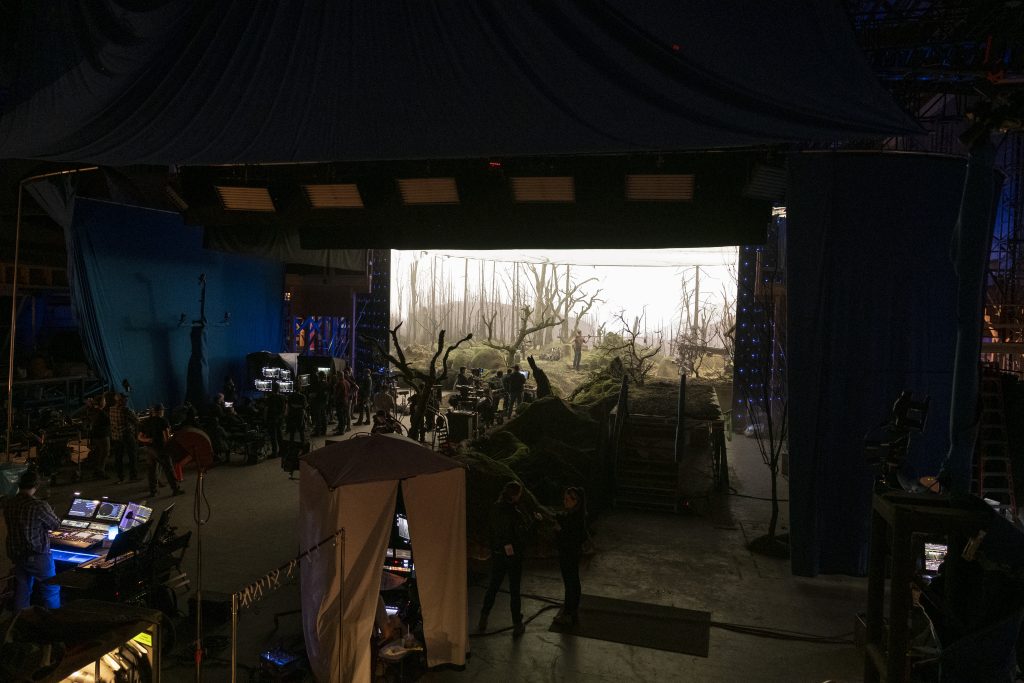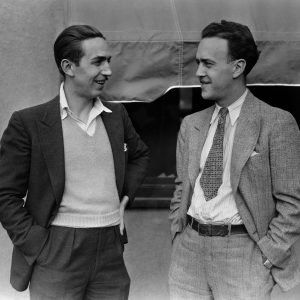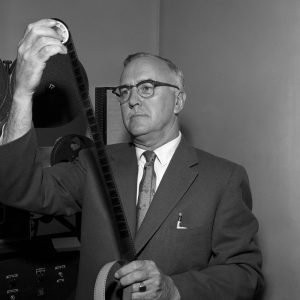“The magic of Disney starts with storytelling, and since the company’s beginning, we’ve relied on innovation to bring our stories to life,” Rebecca Cline, Director of the Walt Disney Archives, noted.
As part of the continued celebration of 55 years of the Walt Disney Archives, the team pulled back the lid on one of those innovations — a prized possession of its collection that was used over 60 years ago to revolutionize visual effects in such Disney classics as Mary Poppins (1964) and Bedknobs and Broomsticks (1971).
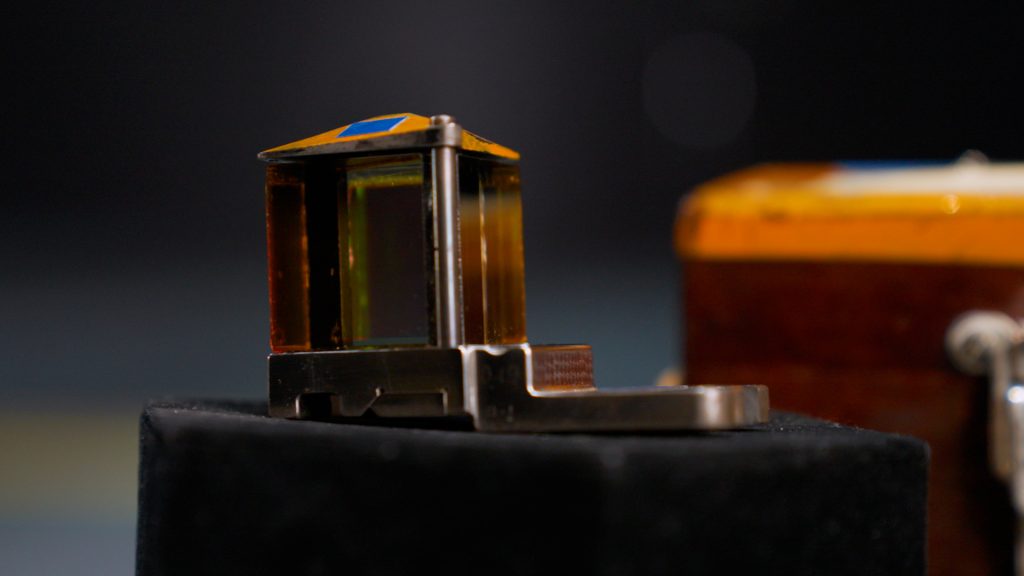
That item is the sodium vapor prism, which was used in the sodium vapor process, “a technique for doing compositing,” Evan Goldberg, Senior Manager, Innovation, The Walt Disney Studios, explained. “That’s where you take a real image that you shot in camera and want to intersperse it with other imagery that you’re adding later on.”

This technique revolutionized composite imaging by enabling more natural-looking backgrounds compared to traditional matting. It precisely captured tight edges between actors and backgrounds, preserved motion blur and soft edges, and maintained the opacity of translucent and transparent objects while keeping the background intact.
Disney Legend Ub Iwerks pioneered this technology in the 1950s, with three prisms in total produced. The original prism was used for Mary Poppins, which won an Academy Award for Best Visual Effects and was shot in part on Stage 1 at The Walt Disney Studios lot in Burbank, California.
ILM StageCraft: The Sodium Vapor Process of Today
“The sodium vapor process of today is virtual production using ILM StageCraft,” Andrew Roberts, Industrial Light & Magic Visual Effects Supervisor, noted.
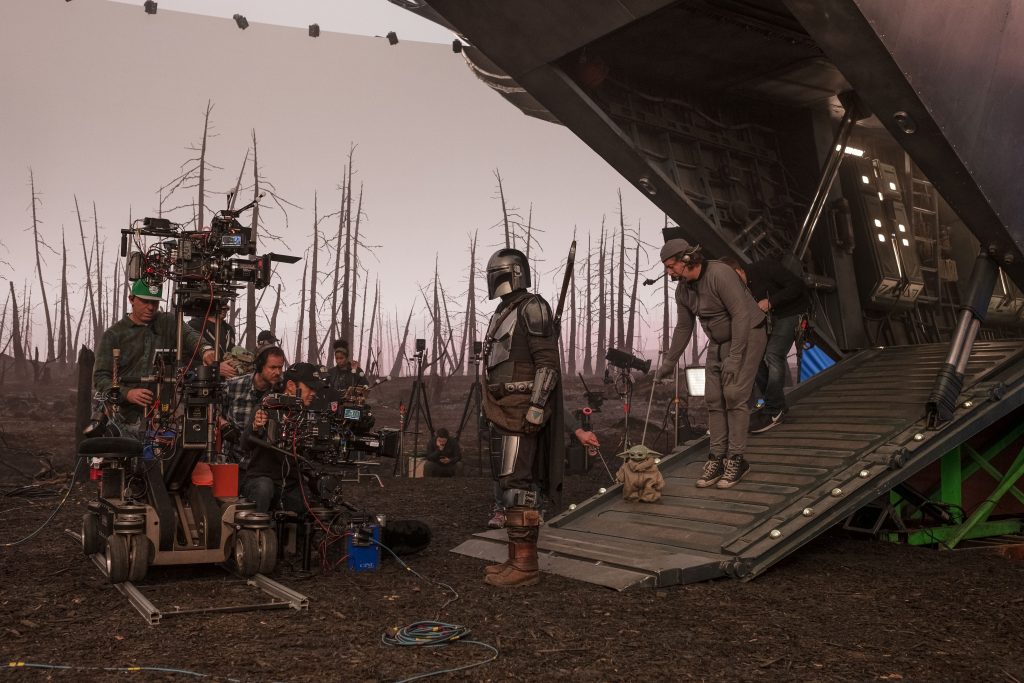
Industrial Light & Magic — which is currently celebrating its 50th anniversary as the industry’s premier visual effects company — has continued to lead the industry in cutting-edge visual effects technology that fuels creative storytelling.
ILM StageCraft moves the sodium vapor process forward in that it lets directors and actors work and film inside immersive digital environments that respond in real time to camera movements. The system tracks the camera’s position and adjusts the perspective of the virtual background so it looks and behaves as if the actors are truly in that space. This not only helps actors deliver more emotionally grounded performances but also allows every department on set to see and collaborate on the visual effects live, aligning everyone with the director’s vision. It also allows the visual effects team to change the time of day, augment scenes with digital lighting elements, or change environments entirely in minutes — saving precious time during production.
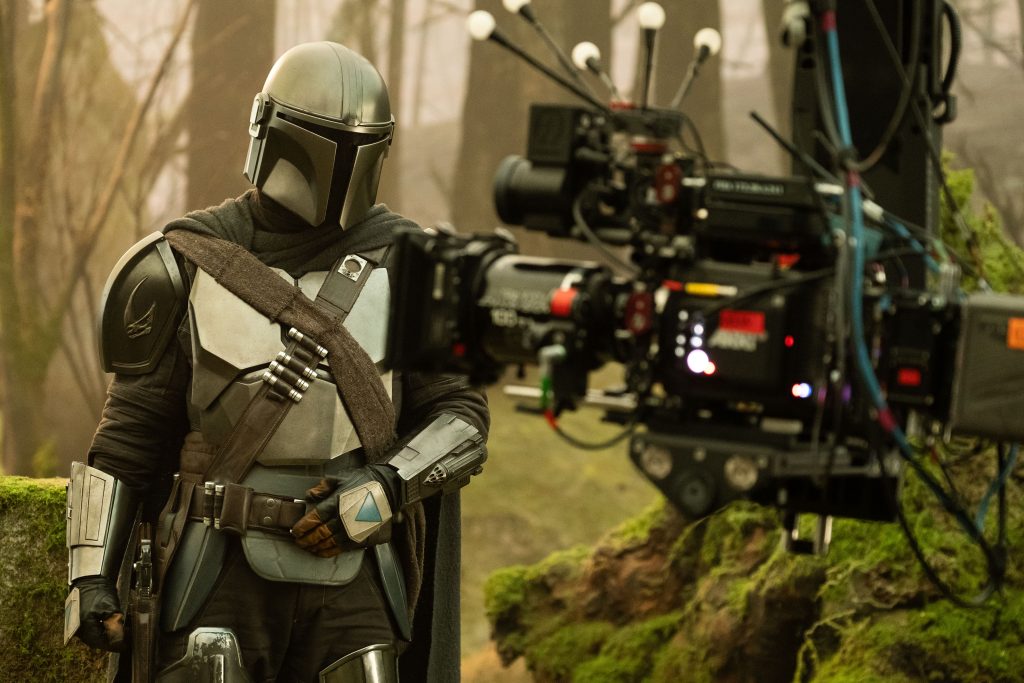
“Thinking about Disney’s legacy: Bambi, Fantasia, Dumbo. It’s been just at the forefront of entertainment since the 1940s. Both Disney and ILM have really moved the industry forward,” Roberts noted. “Innovation has always been a part of Disney’s legacy, which has allowed them to create more complex, realistic, and relatable worlds, and bring those worlds to life.”
